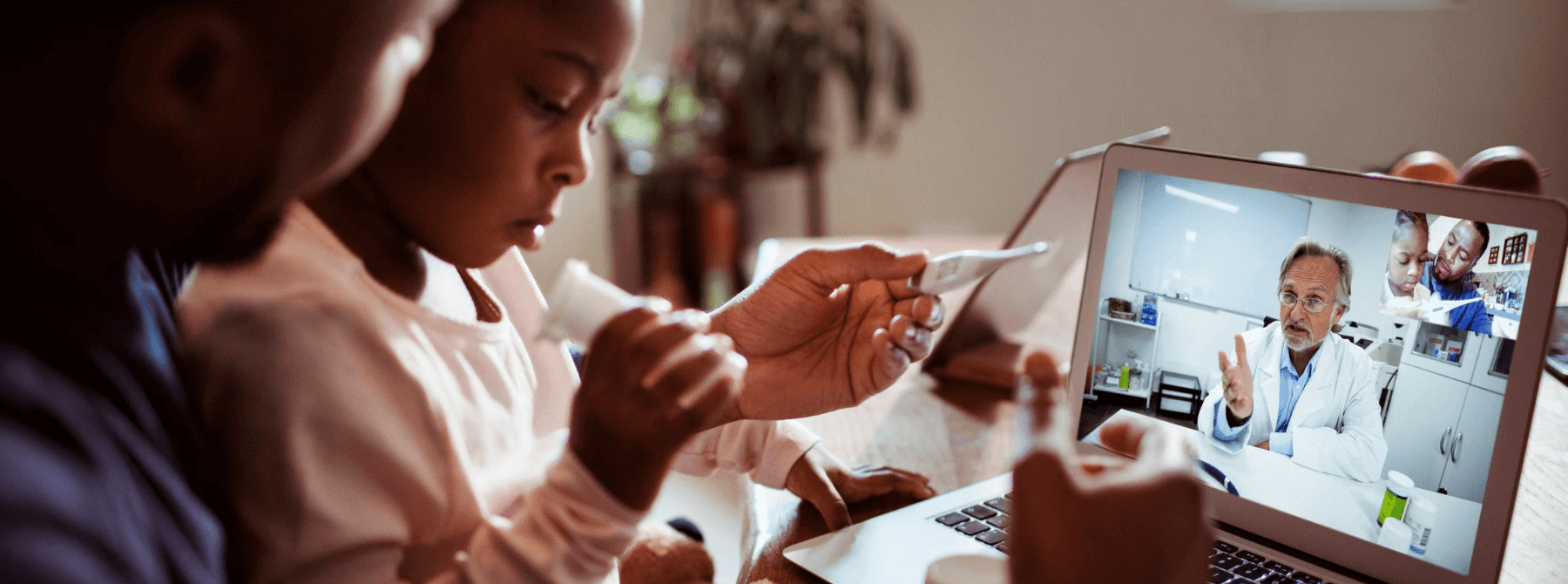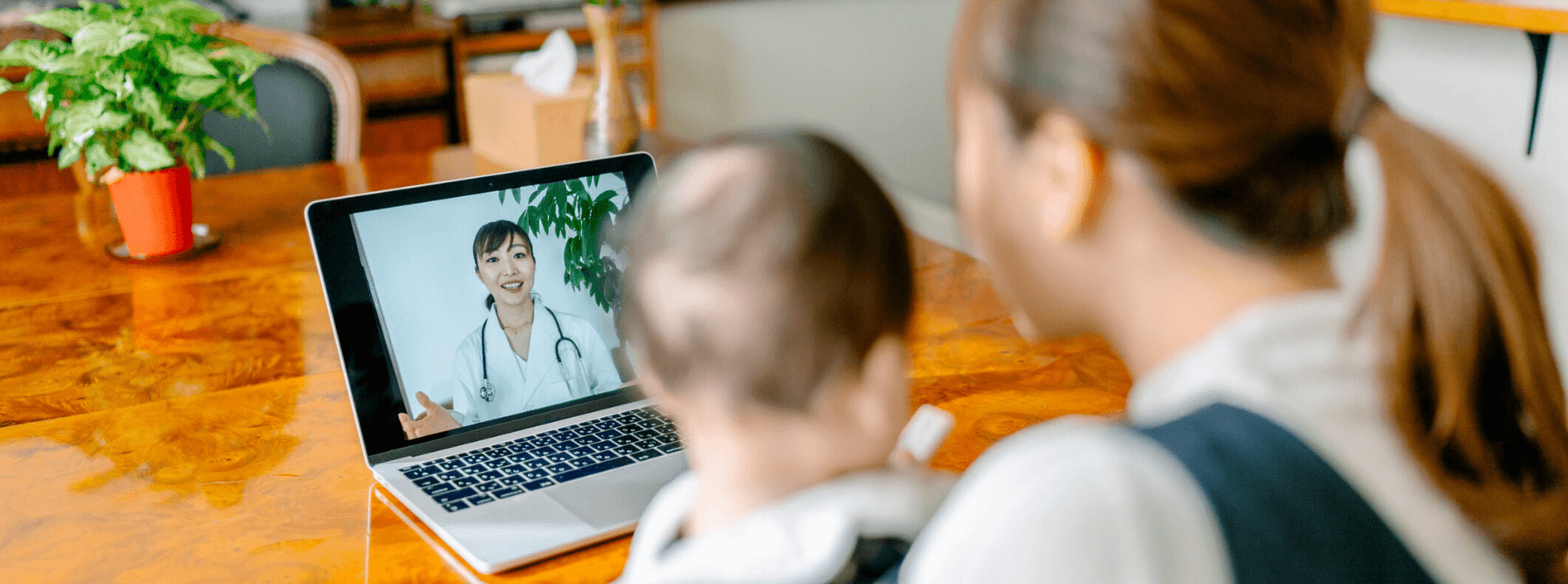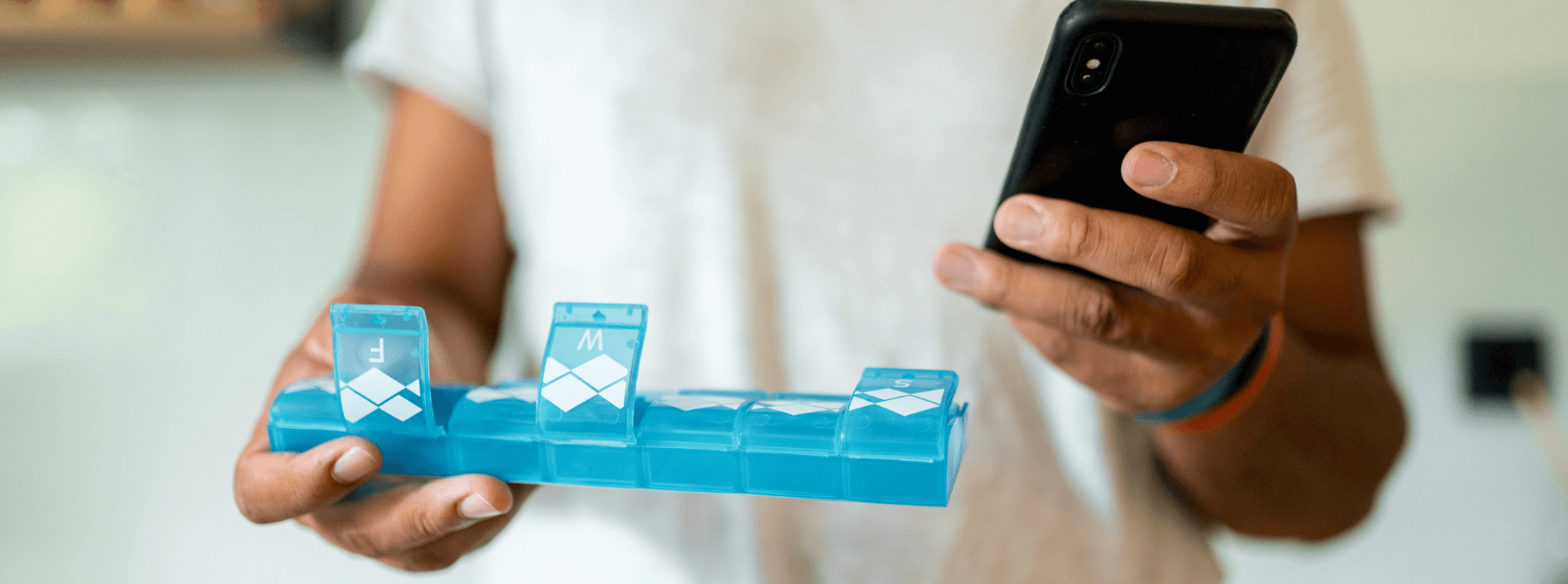
Remote Monitoring and Telehealth is the Only Path Forward for Providers
Have you been to a doctor’s office lately? The first thing I noticed is that my doctor REALLY doesn’t want me there. Don’t get me wrong, if I have a health emergency then I’ll go to the hospital. The thing is, most health issues aren’t emergencies and with it being risky to go to healthcare providers’ offices due to COVID-19, patients are inclined to put off needed visits. If this behavior continues, we’ll start having more emergency department visits for things that should have been prevented by ambulatory medicine before it ever became an emergency.


So how do we ensure that this doesn’t happen? It’s incumbent on local provider practices to ensure that their patients are receiving care that balances the risk for COVID with the risk of chronic conditions/other health issues.
Telehealth Triage System
Ambulatory providers need to set up an effective telehealth first line triage system. The purpose of this system is to figure out if a non-life-threatening health condition warrants the risk of physically going to a provider’s office. This is typically being accomplished with a video conferencing system whereby the provider can talk with the patient and even visually examine them via the device’s camera.
De-risk Office Visits
If providers determine that a patient does need to visit an office for a physical examination, then the provider must have a system to ensure that the office waiting room doesn’t fill up potentially exposing patients/staff to COVID-19. To accomplish this, many providers are having patients wait in their car until the provider is ready for them. At the most basic level, this can be accomplished via text message while larger offices are using native apps.
Remote Monitoring
After the provider determines the health issue, in most cases there will need to be follow up and/or in the case of a chronic condition, perpetual remote care. Patients will need a way to upload/input their biometrics as well as answer questions about how they are feeling. Doctors will need an intelligent system that uses algorithms to determine which patients necessitate further follow-up.
Patient Experience
So, now that we understand the basic flow, let’s think about what this experience looks like for patients. How many different systems/apps will the patient have to sign up for? All those downloads and signups are points of failure. You will lose a percentage of every group along the way. Those that are best at tech tend to be the young and are at least risk for chronic conditions and other health issues. Furthermore, in suburban setting patients can wait in their car, while in many urban settings patients may not own a vehicle forcing them to be further at risk of contracting COVID-19 as they wait. Providers really need to think about socio-economic status and know that every digital intervention must have a complimentary strategy to bridge the digital divide, lest providers are at risk for not treating their potentially sickliest patients.
Population Health
What about the providers and staff? For everything the patient does there is a complimentary provider facing administrative interface. How much double, triple, and even quadruple entry must they do? Not only does that cost money, it also increases the risk of mistakes which could lead to poorly managed patients and even malpractice claims. Are the providers able to triage the patients who most need care? How much do they know about what’s happening with their patients in between visits? Did all of the software used to meet the standards of the HIPAA/HiTech ACT? Could patients’ data potentially be hacked?
However, the most important question about these systems is: did your patients love their experience? Do they feel that the level of care they receive from your providers in person is reflected in their digital experience?
Conclusion
Our healthcare system will never be the same again. Patients will never linger in a crowded waiting room during flu season or where others are visibly sick. If they are forced to do this, they will find a new provider. Many providers have built temporary remote monitoring/telehealth systems to quickly pivot from their bricks and mortar delivery model to care for patients while maintaining a semblance of financial stability. These systems will need to be further integrated and developed as payers’ increased telehealth/remote monitoring reimbursement becomes permanent. Payers who would rescind the new telehealth reimbursement rules could be potentially putting patients at risk of COVID-19, which they will not do.
Healthcare’s trend toward telehealth and remote monitoring has been accelerating for over a decade. COVID-19 is the black swan event that will permanently change patients’ expectations of the healthcare delivery system and will drive the modern healthcare experience that patients deeply desire.


